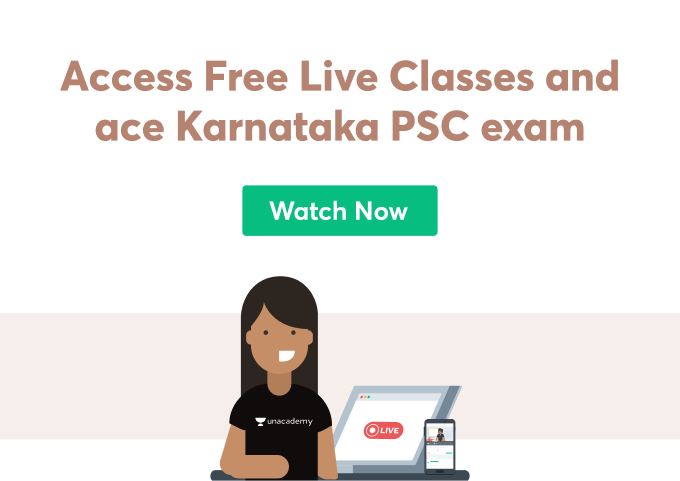The Madras School of Art, now known as the Government College of Fine arts, is one of the oldest art institutes of India. It was established as a private school of arts by surgeon Alexander Hunter in 1850. In 1852, it was renamed the Government School of Industrial Arts after the government took over. It was renamed the Government school of Arts and crafts in 1962 and then the government college of arts and crafts. After all these names, it was finally named the government college of fine arts. Madras school of arts has played a pivotal role in raising the development of art standards in our country and bringing out hidden talents. It provided a learning platform and gave people the freedom to learn, act creatively, and pursue their hobbies and passions.
History Of Madras School Of Art
When the British ruled India, they realised that the people in Madras had artistic and creative minds. The British had already established their settlements around Madras, and hence they decided to start an art institute in Georgetown that would fulfill the artistic requirements of London. In the beginning, traditional artists were provided with the task to produce metalwork, furniture, and trinkets. The work done by these artists was then sent to the queen. This school was the first-ever school of arts established in India. In 1852, the premises were shifted to the current location.
Debi Prasad Roy Chowdhury became the vice principal of the Madras school of art in 1928. He also became the first principal of Indian origin for the Madras school of arts in 1929. In 1957, K.C.S. Paniker succeeded him as the principal. After him, many notable principals included K.L. Munuswamy, R. Krishna Rao, A.P. Santhanaraj, etc.
In 1966, the Madras school of art students and their principal K.C.S. Paniker founded the village of the Cholamandal artists. This discovery is still counted in India’s ten most significant art movements.
Courses offered
The Madras college of arts offers bachelor’s and master’s degrees in fine arts, courses in visual communication, sculpture making, ceramics, painting, and graphic arts.
Madras art movement
The Madras art movement took place in the 1960s. It was a modern art movement. After independence, Indian artists felt the need to mark their identity and authenticity. Keeping this motto in mind, the principal of the Madras school of arts, Devi Prasad Roy Chowdhury, created a curriculum for fine arts and set up a stage for the development of the Madras art movement.
Budding aspirants from states like Kerala, Andhra Pradesh, Karnataka, and Tamil Nadu gravitated to the Madras school of art. During the 1960s, this was the only institution providing art education for students. During the 1960s, the group of artists that came forward offered an environment for a critical study of their modern arts, which was included in the Madras movement. These artists who passed from this art school established themselves as independent artists. The artists practised figurative and abstract art styles during the Madras art movement.
Conclusion
The Madras school of art, now known as the government college of fine arts, is a historical college. It is the oldest art institute in India and was established under British rule. It brought about a revolution and changed the way people think and perceive art. It was renamed multiple times until it got its current name.
Many principles helped in the smooth functioning of the Madras school of arts and made sure to provide quality learning to their students. The Madras school of art is also associated with the Madras art movement, which changed people’s vision towards art and drew their attention towards modern art. The artists of Cholamandal played a vital role in the Madras art movement that changed people’s perspectives about art and crafts.
 Profile
Profile Settings
Settings Refer your friends
Refer your friends Sign out
Sign out







